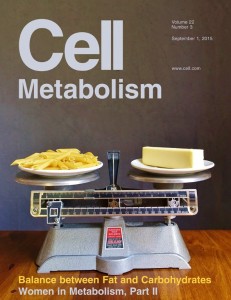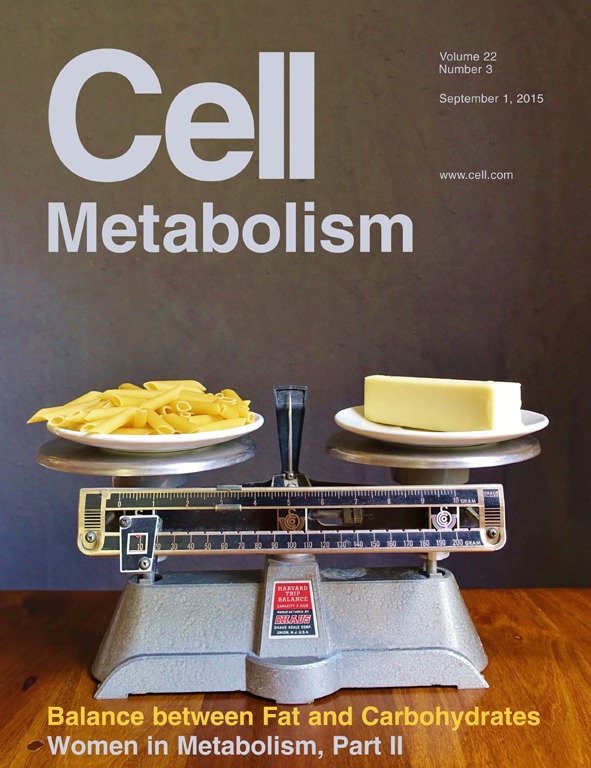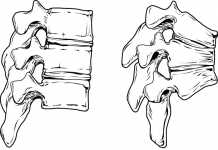New discovery could be used to develop treatments that stop the pancreatic cancer stem cells using oxygen and prevent cancer returning after conventional treatment.

Cancer cells commonly rely on glycolysis, the type of metabolism that does not use oxygen to generate their energy however, researchers from Queen Mary University of London’s Barts Cancer Institute and the Spanish National Cancer Research Centre (CNIO) in Madrid have now found that not all cancer cells are alike when it comes to metabolism.
PancSCs can make use of a more efficient form of metabolism, called oxidative phosphorylation or OXPHOS, which does use oxygen. OXPHOS uses a part of the cell called mitochondria and it is this which can be targeted with anti-diabetic drug, metformin.
Some PancSCs are however able to escape this treatment by being much more flexible in their metabolism, leading to a recurrence of the cancer, but the investigators also found a way to prevent such resistance and force all PancSCs to keep using OXPHOS.
The researchers think that the new discovery could be used to develop treatments that stop the stem cells using oxygen and prevent cancer returning after conventional treatment. A clinical trial is planned for later next year.
Continue Reading Below ↓↓↓
Dr Patricia Sancho, first author of the research paper, said:
“We might be able to exploit this reliance on oxygen by targeting the stem cells with drugs that are already available, killing the cancer by cutting off its energy supply.
“In the long term, this could mean that pancreatic cancer patients have more treatment options available to them, including a reduced risk of recurrence following surgery and other treatments.”
Pancreatic cancer is still one of the most difficult cancer types to treat, partly because of its tendency to cause symptoms and trigger diagnosis only at a late and advanced stage. Many patients do not live longer than a year post-diagnosis.
These cancers are also becoming more common due to obesity, which causes pancreatic cancer risk factors including metabolic syndrome and diabetes. Limited treatment options and a failure to improve survival rates mean that finding new treatment strategies is a priority.
PancSCs could be an important but as yet overlooked piece of this puzzle. While they make up only a small proportion of the tumour, they have the potential to make new tumours, even if all the other cells are killed, and are prone to spreading around the body (metastasis).
Source: Queen Mary, University of London
Journal: Cell Metabolism











